
23,99 €
Versandfertig in über 4 Wochen
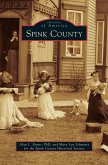
Ähnliche Artikel

23,99 €
Versandfertig in über 4 Wochen
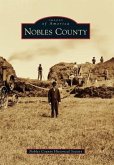
23,99 €
Versandfertig in über 4 Wochen

22,99 €
Versandfertig in über 4 Wochen
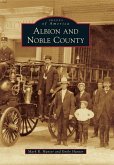
23,99 €
Versandfertig in über 4 Wochen
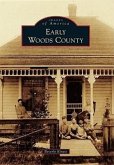
23,99 €
Versandfertig in über 4 Wochen
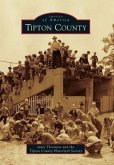
20,99 €
Versandfertig in über 4 Wochen
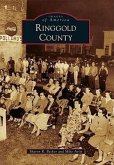
23,99 €
Versandfertig in über 4 Wochen
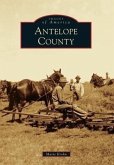
23,99 €
Versandfertig in über 4 Wochen
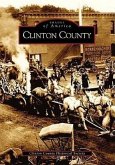
22,99 €
Versandfertig in über 4 Wochen
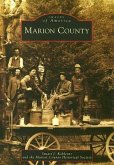
22,99 €
Versandfertig in über 4 Wochen
Ähnlichkeitssuche: Fact®Finder von OMIKRON
